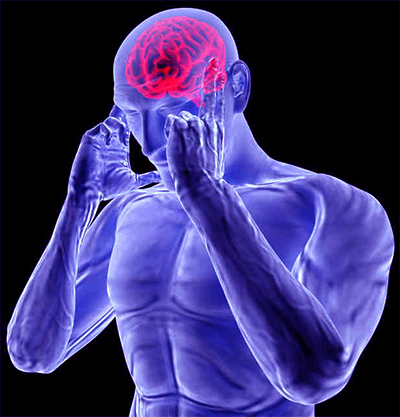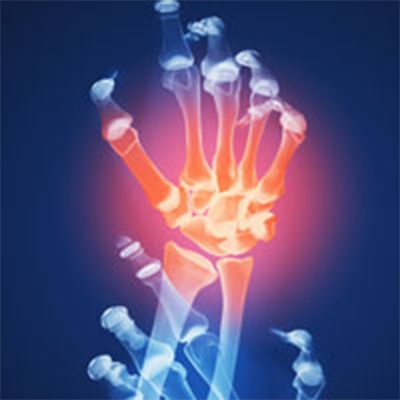Low back pain (LBP) will most likely strike at some point for all of us, at least that’s what statistically happens. How we “deal with it” initially can be critical in its progression or cessation. Here are some “highlights” of what to do “WHEN” this happens to you.
STOP: The most important thing you can do is STOP what you are doing. That is, IF you’re “lucky enough” to be pre-warned BEFORE the crisis point of LBP strikes. This step can be critical, as once it hurts “too much,” it may be too late to quickly reverse the process. The “cause” of LBP is often cumulative, meaning it occurs gradually over time, usually from repetitive motion that overloads the region. As stated previously, “IF YOU’RE LUCKY” you’ll be warned BEFORE LBP becomes a disabling/preventing activity. Typically, when the tissues in the low back are over-stressed and initially injured, the nerve endings in the injured tissue trigger muscle guarding as a protective mechanism. This reflex “muscle spasm” restricts blood flow resulting in more pain creating a vicious cycle that needs to be STOPPED!
REACT: This is the “hard part” as it requires you to perform something specifically, but once you prove to yourself that this approach really works, you won’t hesitate. You’ll need to determine your “direction preference”, or the position that reduces LBP. Once established, you can perform exercises to help mitigate your back pain. To make this work, you must be able to perform these exercises in public without drawing too much attention so you can feel comfortable doing them at any time at any place.
EXERCISE A: If BENDING FORWARD feels relieving, the exercise of choice is to sit and a) cross one leg over the other, b) pull that knee towards the opposite shoulder, and c) move the knee in various positions so the area of “pull” changes. Work out each tight area by adding an arch to the low back, rotate your trunk towards the side of the flexed knee (sit up tall and twist – if it doesn’t hurt) and alternate between these positions (10-15 seconds at a time) until the stretched area feels “loosened up.” A second exercise is to sit and rotate the trunk until a stretch is felt. Again, alternate between different degrees of low back arching during the twists, feeling for different areas of stretch until it feels looser, usually 5-15 seconds per side. A third exercise is to sit and bend forward, as if to tie a shoe, and hold that position until the tightness “melts away.”
EXERCISE B: If BENDING BACKWARDS feels best, exercise options include placing your fists in the small of your back and leaning backwards over the fists, or bending backward and holding the position as long as needed to feel relief (usually 5-15 seconds). From a sitting position, try placing a rolled-up towel (make one with a towel rolled tightly like a sleeping bag held with rubber bands) in the small of the back to increase the curve. Lying on your back with the roll and a pillow under the low back can also feel great!
We will continue this discussion next month!
We realize you have a choice in whom you consider for your health care provision and we sincerely appreciate your trust in choosing our service for those needs. If you, a friend, or family member requires care for back pain, we would be honored to render our services.






